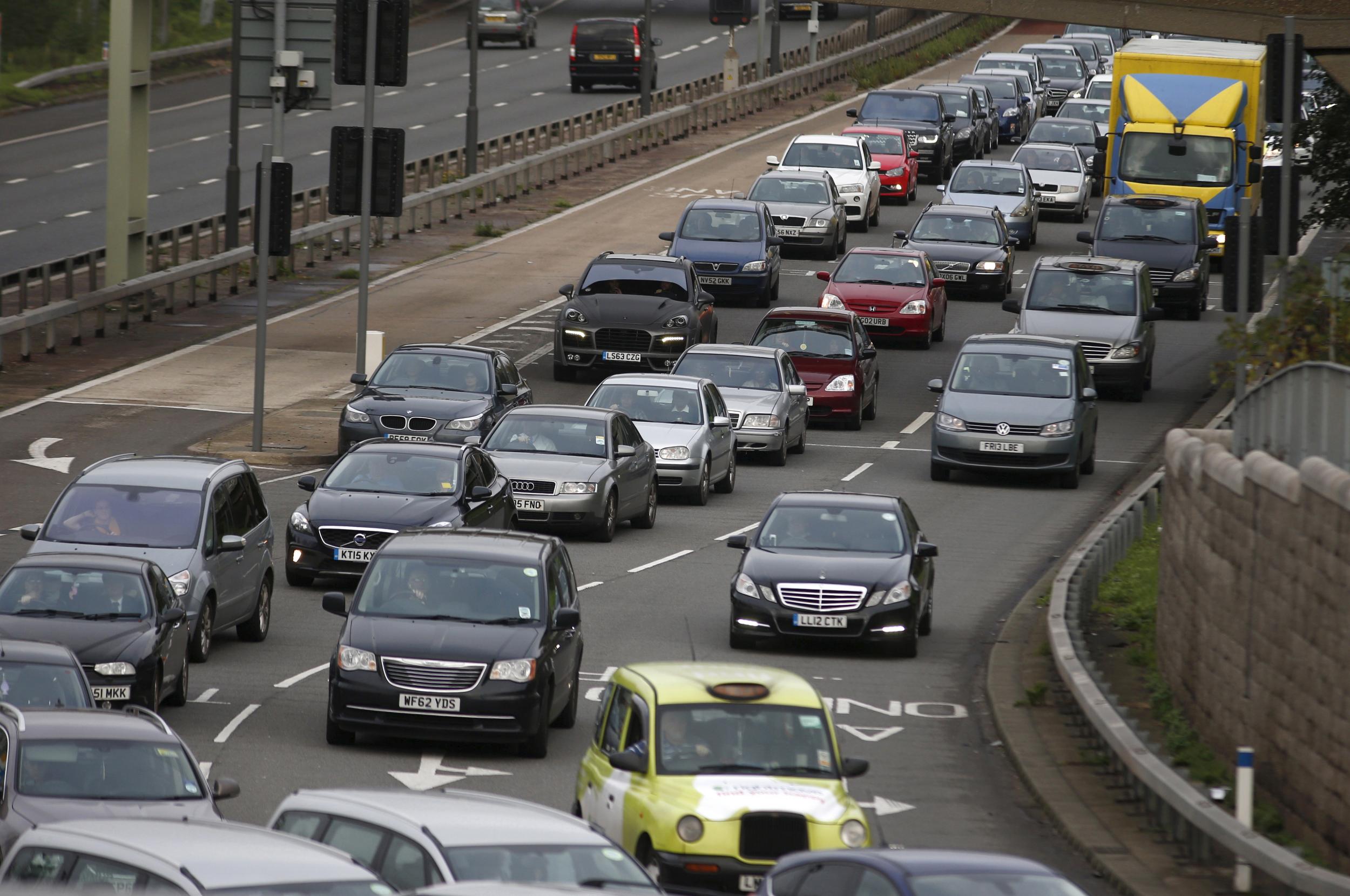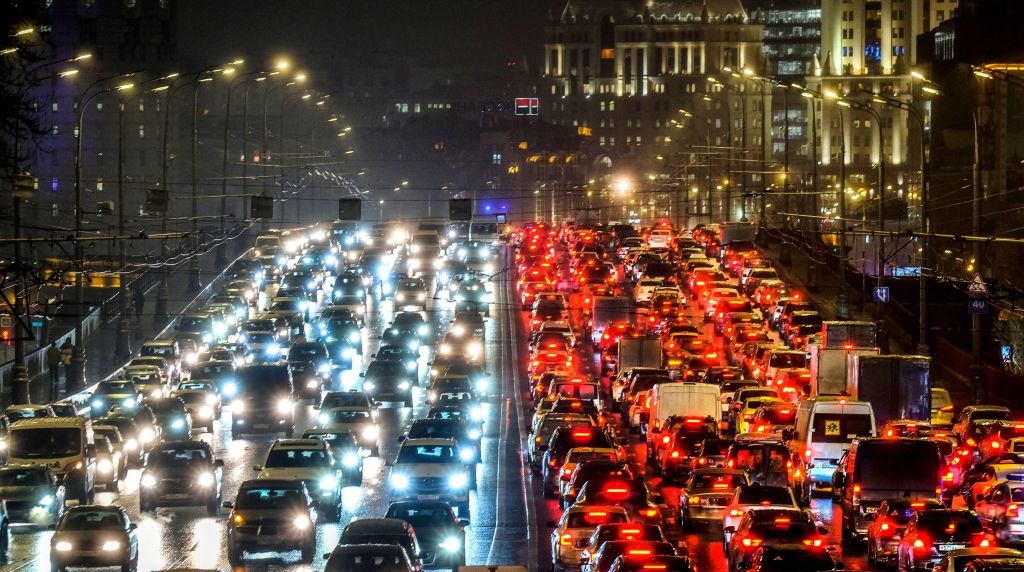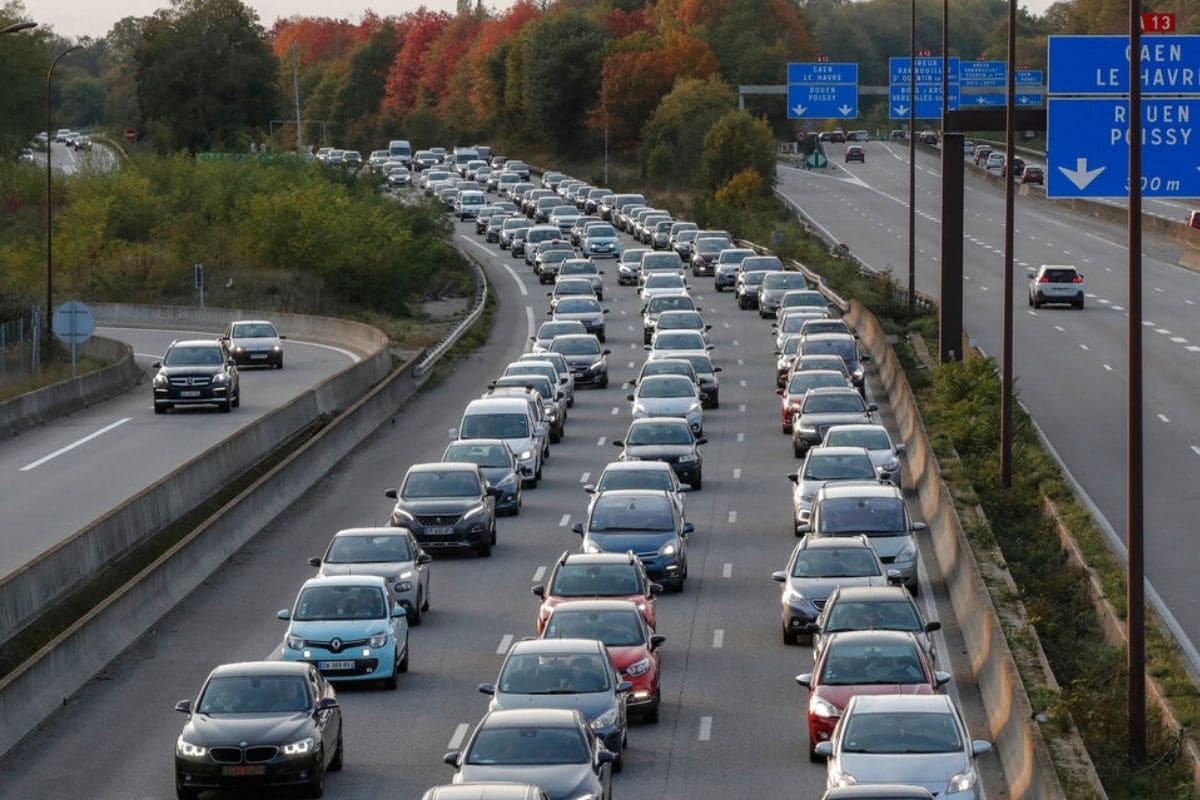

The net migration to Dhaka city made the growth rate much critical.

The growth rate of population has drastically increased after 1974.

Rickshaws along with the slow moving vehicles create unexpected jam in the city. Festival of the dead end is more like it.įollow us on, Facebook, Twitter and Pinterest.Due to influx of people from rural areas in Dhaka, a huge number of rickshaws are observed in the city. The holiday in question was "O-bon," the so-called Festival of the Dead when families gather to pay respects to their ancestors. More than 15,000 cars reportedly crawled along for over 84 miles on a highway between Hyogo and Shiga prefectures in western Japan on August 12, 1990, in an artery clogging combination of holiday revelers heading home and residents evacuating the city subsequent to a typhoon warning. Time magazine says the average motorist spends up to four hours sitting in traffic each day in this booming South American metropolis. It’s said to be crippling on a good day, but the city set what must be some kind of record with more than 182 miles of traffic jams over 522 miles of road reported on June 10, 2009. We heard from several readers regarding our "worst traffic cities" post that tie-ups in Brussels or San Francisco pale in comparison to those in San Paulo. What’s more, the nation's air traffic was grounded, leaving thousands of travelers stranded across the U.S. In the days following the horrific attacks on the World Trade Center on September 11, New York City was virtually locked down, with bridges and tunnels closed to all but emergency vehicles, public transportation shut down and traffic at a halt across the city.

Though crippling, the mass evacuation is said to have probably saved many lives. The congestion reportedly lasted for as much as 48 hours, leaving motorists stranded for as long as 24 hours along the 300-mile route from Galveston to Dallas. With Hurricane Rita approaching Houston residents were told to evacuate on September 21, 2005, with as many as 2.5 million of them packing evacuation routes, creating a massive 100-mile queue on Interstate 45. Apparently freedom from oppression doesn't necessarily mean freedom from traffic. The ensuing record-holding backup on Apwas estimated at a whopping 18 million cars on a roadway that otherwise averages a half million vehicles a day. With the Berlin Wall between the East and West having finally fallen, the Easter holiday saw a massive influx of Germans eager to reconnect with friends and family members.
TRAFFIC JAM SERIES
A series of weather-related accidents slowed, and then halted traffic and buried motorists for more than 12 hours in drifting snow that reached almost as high as the cars’ windshields. The most unfortunate commuters were those on the otherwise idyllic Lake Shore Drive headed northbound from downtown Chicago. A near-record 20.2 inches of snow fell on the Windy City on Februin a late-winter blizzard that hit the hardest during the evening rush hour. Performers had to be flown to and from the site in helicopters to avoid the crippling congestion. With more than 500,000 attendees descending on Max Yasgur’s famous farm for the Woodstock Music & Arts Festival, the New York Thruway became a stranglehold for more than 20 miles, with many motorists eventually abandoning their cars and hoofing it to enjoy “three days of peace and music” (and rain and mud and more than 10 times the anticipated crowd). This three-day tie-up over August 15-18, 1969 is historic for more than just traffic. Not caused by closure or natural disaster, this all-time tie-up cause was simply the result of too many vehicles clogging the road, particularly a bevy of heavy trucks carrying construction supplies into Beijing, ironically for road work that was intended to help ease congestion. That just what happened to the poor folks attempting to traverse the Beijing-Tibet expressways in August of 2010, for which the trip took as long as three days. Imagine being trapped in a 62-mile long traffic jam that lasted for an incredible 12 days.


 0 kommentar(er)
0 kommentar(er)
